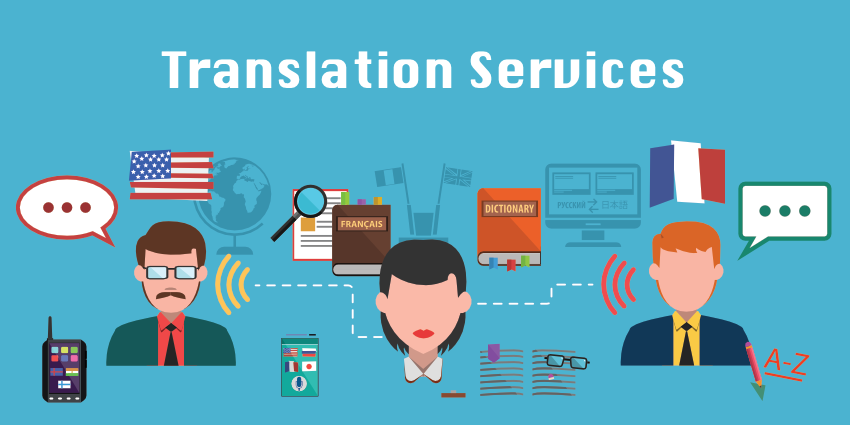The United States Citizenship and Immigration Services (USCIS) plays a crucial role in the immigration process for those seeking to make the United States their new home. Whether you are applying for a visa, green card, or citizenship, accurate and clear documentation is essential for a smooth approval process. One critical aspect of this documentation is the translation of documents not originally in English. To ensure your USCIS application is successful, consider the certified translation for uscis for a smooth approval process.
- Hire Professional Translators: USCIS expects translations to be accurate and complete. It’s advisable to engage a professional translator certified translation for usciswho is well-versed in immigration-related documents. Professional translators understand the specific requirements set by USCIS, which include notarization of certain documents. They can ensure your translations meet these standards.
- Certified Translations: USCIS typically requires translations to be certified. This means that the translator must provide a statement affirming the accuracy of the translation. Notarization may also be necessary for some documents. Ensuring your translations are certified can prevent delays in your application process.
- Keep the Original Documents: It’s essential to preserve the original documents in their native language, as they may be requested during the application process. These documents can serve as a reference to confirm the accuracy of the translations provided.
- Translation of Legal and Personal Documents: USCIS may require translations for various legal and personal documents, including birth certificates, marriage certificates, diplomas, and more. Ensure that all relevant documents are accurately translated into English.
- Consistency and Clarity: USCIS requires translations to be clear, accurate, and legible. Ensure that the translated documents maintain the same formatting and layout as the original documents. This consistency helps USCIS officers verify the information quickly.

- Proofread and Review: After the translation is complete, review it thoroughly for accuracy and completeness. Any errors or omissions can lead to unnecessary delays in your application.
- Avoid Machine Translation: While machine translation tools have come a long way, they may not be sufficient for USCIS documentation. USCIS prefers human translation to maintain the nuances and context of the original document.
- Keep Track of Deadlines: USCIS applications often have strict deadlines. To avoid delays in your immigration process, be sure to have your translations ready well in advance. This allows you to address any issues that may arise during the translation process.
- Specialized Vocabulary: Some documents, such as medical records or technical qualifications, may contain specialized vocabulary. Ensure that your translator is familiar with these terms to provide accurate translations.
- Consult an Immigration Attorney: If you are uncertain about the translation requirements, consider consulting an immigration attorney. They can provide guidance on USCIS requirements and help you navigate the complex immigration process.


